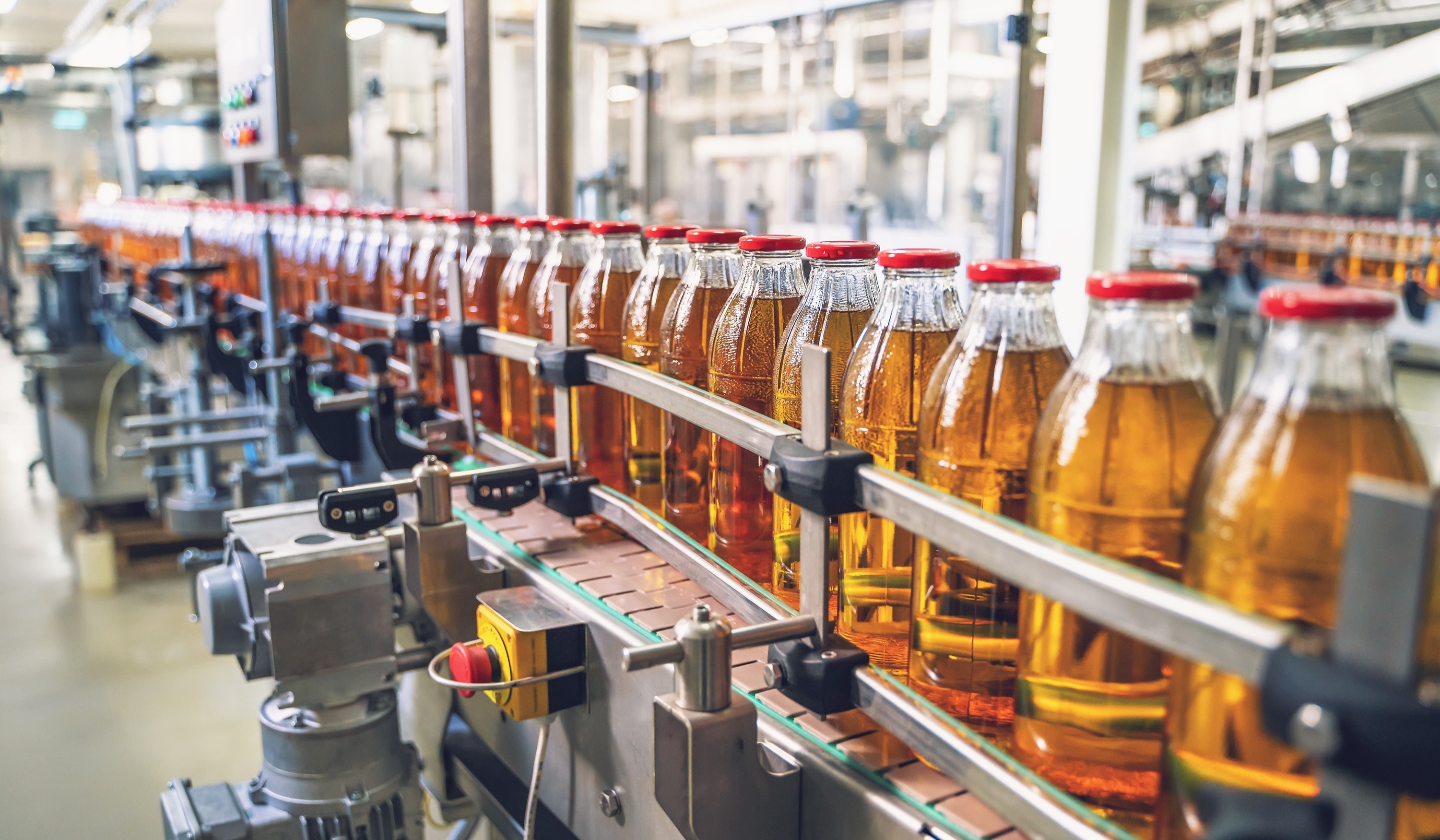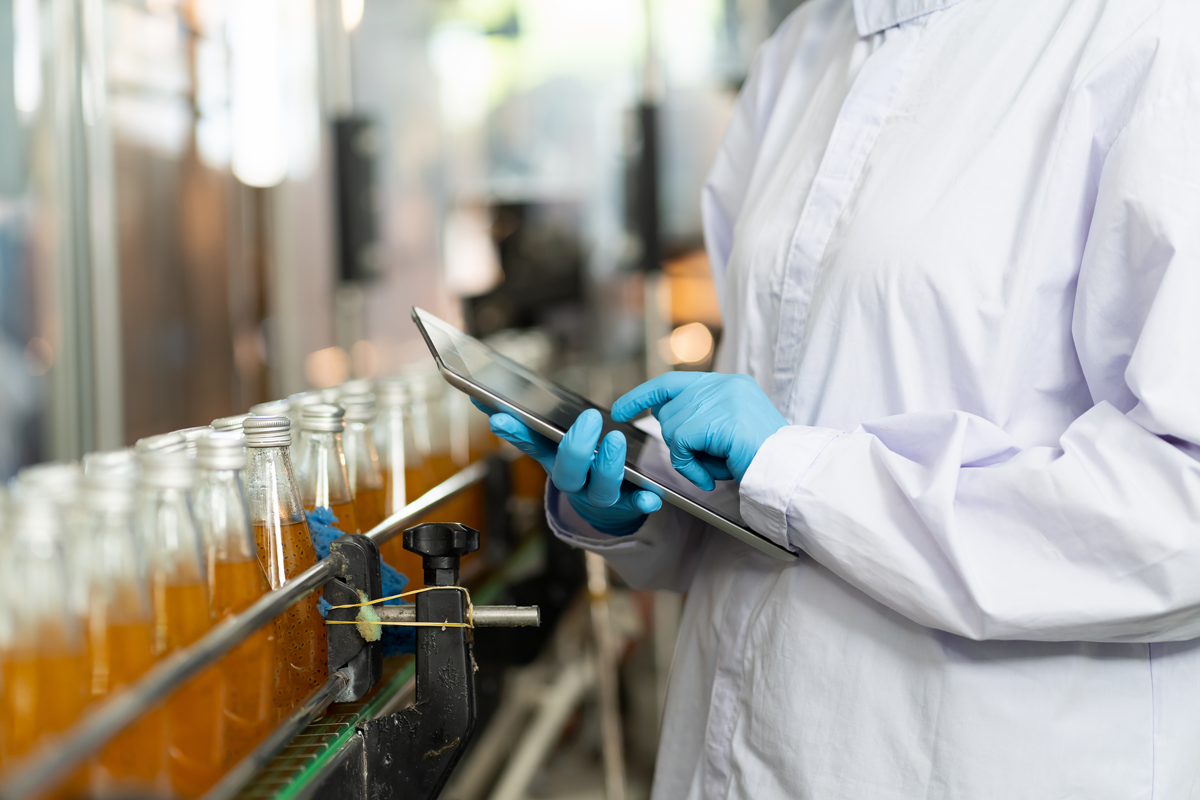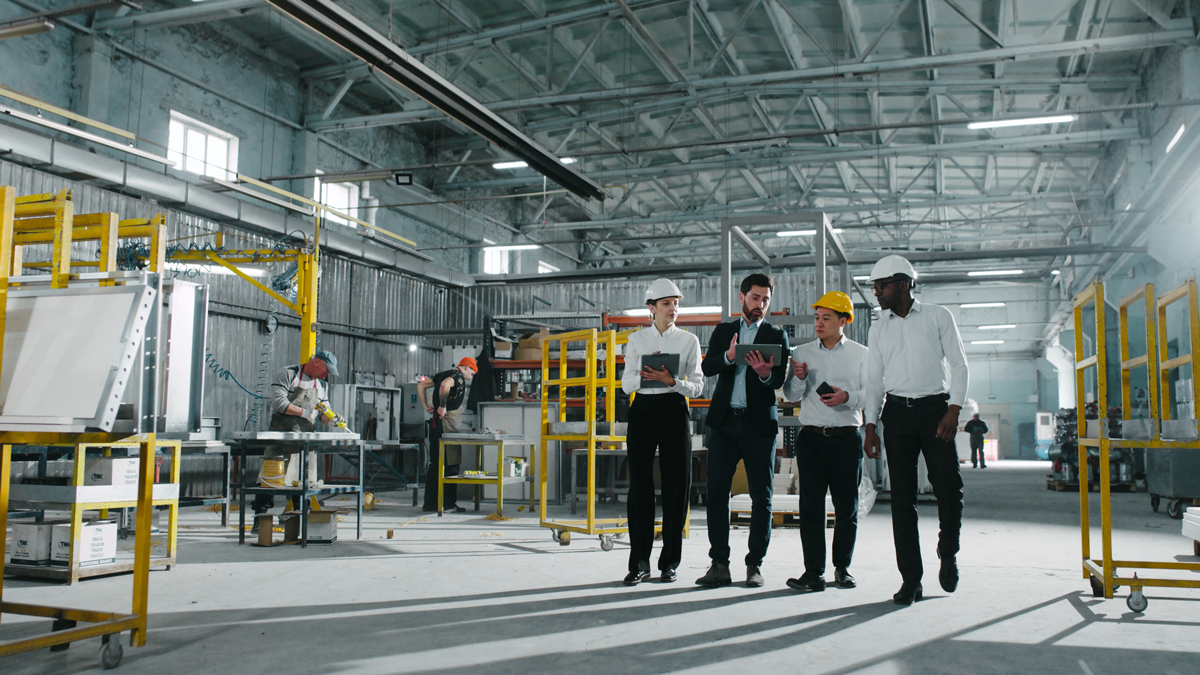Why Food & Beverage Manufacturing Must Embrace Predictive Maintenance

Food and beverage (F&B) manufacturers are operating in one of the toughest environments in modern industry. Margins are razor-thin, supply chains remain unpredictable, and investor pressure to deliver consistent results has never been higher. Every decision at the executive level is scrutinized for its impact on cost, efficiency, and long-term growth.
Against this backdrop, F&B leaders are tasked with achieving more using less. Reducing maintenance costs, scaling operational performance across multiple consumer packaged goods (CPG) facilities, and driving transformation positions their organizations for the future. It’s no longer enough to keep production lines running; executives must find ways to standardize reliability across plants and prove measurable ROI on every initiative.
Predictive maintenance (PdM) has emerged as a practical, proven way to meet these challenges head-on, turning maintenance from a cost center into a strategic driver. In this blog, we’ll explore why PdM is mission-critical for food and beverage executives and how it creates measurable impact across cost control, compliance, asset life, production reliability, and digital transformation.

What Is Predictive Maintenance in Food & Beverage?
PdM uses sensors, AI, and expert analysis to continuously monitor equipment health. Instead of waiting for machines to fail, this data-driven method detects issues in advance and provides actionable guidance to stop problems before they cause downtime.
In food and beverage manufacturing, where uptime, compliance, and quality are non-negotiable, PdM enhances reliability so that production lines stay efficient, safe, and cost-effective.
5 Reasons Food & Beverage Manufacturers Need Predictive Maintenance
1. Controlling Maintenance & Operational Costs
Maintenance budgets are under constant scrutiny. Emergency repairs, spare-part waste, and rising labor costs quickly erode profitability. Implementing PdM flips the equation by reducing reliance on reactive fixes and giving smaller teams the ability to work smarter with fewer resources. The result is greater cost control and predictable budgets that protect margins.
2. Extending the Life of Aging Assets Across Facilities
Many plants still rely on legacy bottling, processing, and packaging equipment that wasn’t built for today’s demands. PdM provides real-time visibility into asset health across every facility, helping maximize the lifecycle of aging equipment instead of replacing it prematurely. This consistency standardizes reliability practices enterprise-wide, giving reliability leaders confidence that all sites are performing to the same standard.
3. Protecting Production Schedules Under Pressure
Every hour of downtime carries outsized risk: spoiled batches, missed deliveries, and strained customer relationships. PdM identifies risks early, keeping production lines running smoothly and helping manufacturers meet production targets while avoiding costly penalties.
4. Driving Measurable Digital Transformation
Shareholders and boards are demanding modernization, but F&B leaders need solutions that prove value quickly. PdM is the easiest entry point into digital transformation, delivering quick wins, measurable ROI, and minimal disruption to operations. Seamless integration with existing systems means manufacturers can modernize with confidence while demonstrating measurable progress on enterprise transformation goals.
5. Safeguarding Food Safety, Compliance, and Brand Trust
Few industries face compliance stakes as high as food and beverage. A single breakdown can cause contamination, trigger recalls, or invite regulatory fines. PdM continuously monitors manufacturing equipment to detect risks before they escalate, reducing the chance of failures that could compromise food safety. Beyond avoiding financial penalties, this proactive approach protects the trust consumers place in your brand—an asset no company can afford to lose.
The Cost of Inaction for F&B Executives
Relying on reactive maintenance drains millions of dollars every year through downtime losses, wasted resources, and compliance penalties. Across multi-facility F&B operations, these hidden costs quickly compound.
At the same time, delaying modernization jeopardizes transformation goals that boards expect to see. Executives under pressure to prove ROI and scale efficiency across CPG facilities find their credibility eroded when inefficiencies persist. Meanwhile, competitors that embrace PdM are pulling ahead, gaining uptime and margin advantages that are increasingly difficult to catch once predictive reliability is standardized across their plants.
The reality is that inaction isn’t neutral—it’s costly.
The good news is that the return on PdM comes quickly. With Waites, food and beverage companies often see ROI within three to six months. One leading F&B manufacturer achieved $330,000 in savings in the first 6 months by using Waites to detect early bearing and lubrication issues on critical production equipment, preventing unplanned downtime and extending the life of assets that would have otherwise failed mid-production.

Easy PdM Rollout, Enterprise Impact
One of the biggest barriers to adopting new technology is the fear of long deployments, complicated integrations, and resistance from teams on the floor. Waites’ PdM system removes those concerns by delivering measurable impact quickly and scaling seamlessly across the enterprise.
F&B leaders can expect to see ROI within months, not years, as unplanned downtime is cut and cost savings are realized almost immediately. Standardized practices can then be rolled out across every facility, from bottling lines to packaging plants, ensuring consistent reliability no matter the location.
Importantly, adoption comes easily. Plant managers report less time spent firefighting and more time optimizing operations, while technicians embrace the intuitive tools that fit naturally into their workflows.
This combination of rapid ROI, scalable standardization, and proven workforce adoption builds confidence at the executive level. Leaders know their investment won’t stall on the shop floor but instead will gain traction across the organization, strengthening both operational efficiency and strategic transformation goals.
How to Get There
A 6-Step PdM Rollout Plan for Food & Beverage Manufacturers
Assess Your Current Maintenance Strategy
Pinpoint gaps in reactive routines and align stakeholders on priorities.
Build With the Right Sensor Technology
Deploy food-safe, scalable sensors that fit across facilities.
Connect and Centralize Your Data
Unify sensor outputs with existing plant systems for clear visibility.
Start Small, Scale Fast
Pilot on a critical line, prove ROI, then expand enterprise-wide.
Automate Insights and Optimize Workflows
Turn data into actionable alerts to enable condition-based maintenance.
Train Teams and Build a Proactive Culture
Equip technicians and leaders to trust PdM insights and sustain adoption.
Now Is the Time to Make Predictive Maintenance a Priority
Protecting uptime, compliance, and margins requires PdM, and Waites delivers it faster and more reliably than anyone else.
Our IP69K-certified sensors provide full-spectrum vibration and temperature monitoring. With ImpactVUE® technology and ultra-high frequency response, they detect the earliest bearing and lubrication issues long before failures occur. Designed to withstand high-pressure, high-temperature washdowns and caustic cleaning agents, they deliver reliable monitoring.
Behind the hardware is unmatched intelligence: machine learning models trained on 8 trillion+ data points and updated with 10+ billion new readings every day from 500,000+ sensors worldwide. This scale ensures insights are accurate, proven, and constantly improving.
But, data alone isn’t enough. Our certified vibration analysts interpret the information, prioritize risks, and provide clear, prescriptive guidance before any alerts reach your team. By pairing AI-driven monitoring with human expertise, we eliminate false alarms and deliver the right insights at the right time, allowing your people to focus on action instead of noise.
Globally certified, supported in 13 languages, and backed by service teams worldwide, Waites helps manufacturers achieve ROI in as little as 3–6 months while standardizing reliability across every facility.
Those who act now position their organizations to scale efficiently, modernize confidently, and lead in a market where reliability is non-negotiable.

